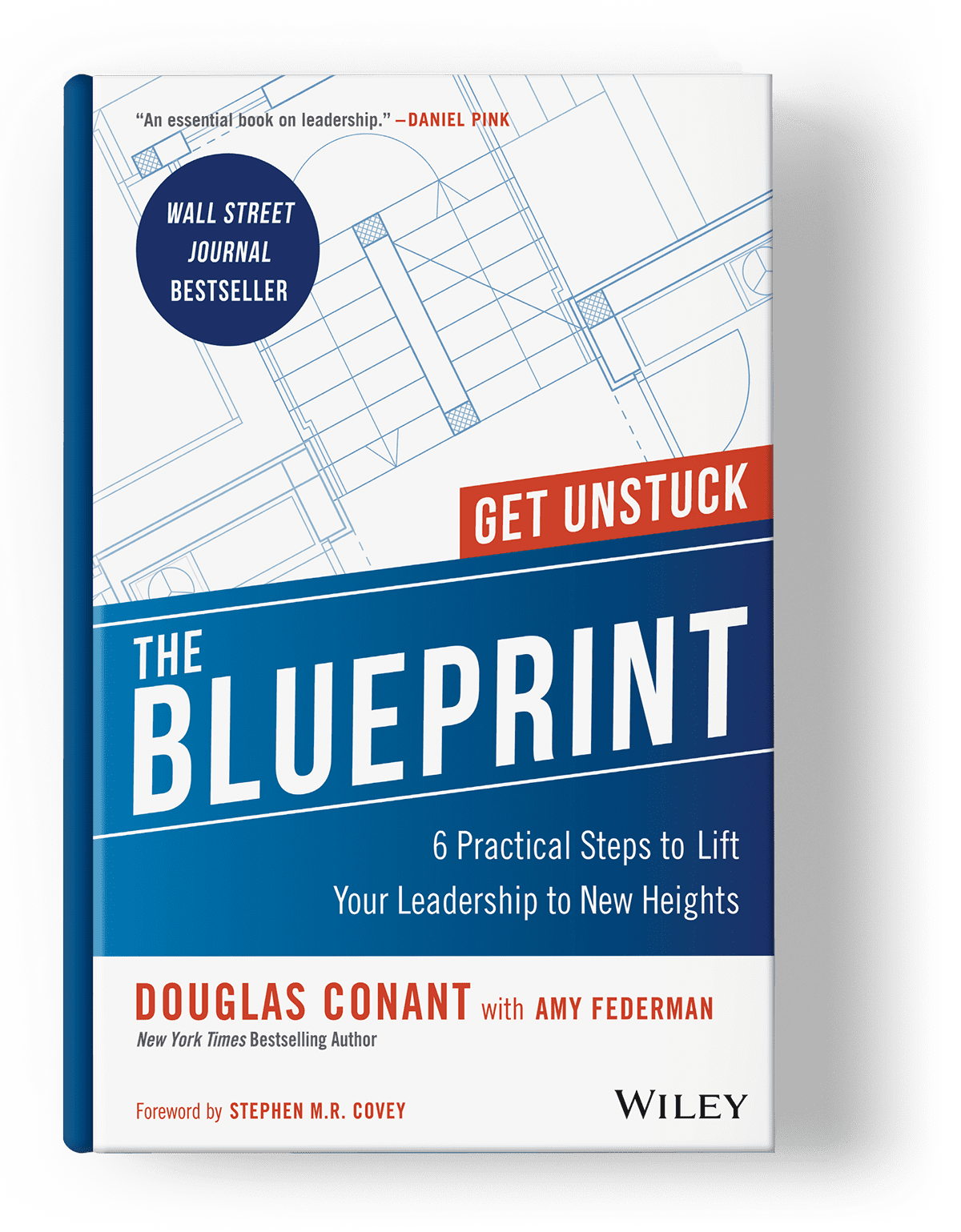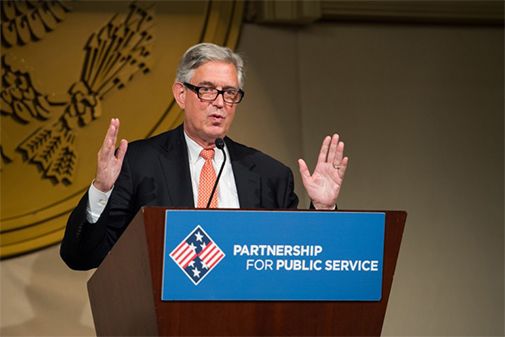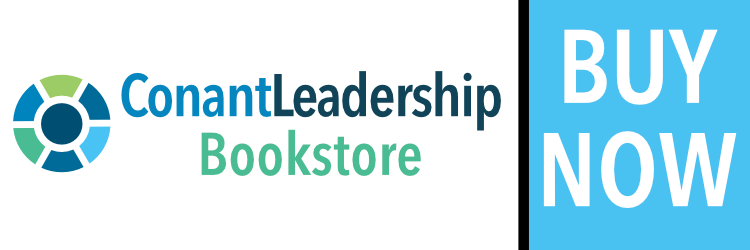Patti Johnson Shares The Secrets For Leading Change
Patti Johnson is a career and workplace expert and the CEO of PeopleResults, a change and organizational development consulting firm she founded in 2004. She is the author of Make Waves: Be the One to Start Change at Work and in Life (May 2014). She and her team advise clients such as PepsiCo, Microsoft, 7-Eleven, Accenture, Frito-Lay and many others on creating positive change in their leaders and organizations. You can learn more about Patti on her website or by following her on twitter.

 1. What sparked your interest in “Wave Makers” and change agents? Was there a unifying quality you noticed among successful agents of change that might be helpful to aspiring leaders?
1. What sparked your interest in “Wave Makers” and change agents? Was there a unifying quality you noticed among successful agents of change that might be helpful to aspiring leaders?
I was interested in the impact that just one person can have with often a small first step. I studied the Wave Makers that I knew and asked others for their ideas. I ended up with a very eclectic mix of people who had started a meaningful change.
I identified four core behaviors in how they approached their relationships and their work:
- More focused on we than me (what’s in it for us)
- Adaptive persistence
- Voracious learners
- Positive collaborators
2. Many leaders are faced with effecting large-scale changes in their organizations “ what questions should they ask themselves before embarking on their leadership “wave”?
Many leaders think they must know all of the answers and have too much self-reliance. This can be very effective in ongoing work, but a change is different. Change isn’t a solo sport. It requires including others and letting them be part of it to ever grow and build. It’s important to ask:
- Where do we most need new ideas and fresh thinking?
- Who has contributed to this change?
- What do those closest to the work have to say?
- What is open for input v. has been decided? What can we influence?
- How can I include others in this change?
3. What are the essential ingredients to an effective wave? How have you seen them successfully applied by leaders?
A successful wave is organic and moves person by person through the organization because of an interest and commitment to the change. While many waves need sponsorship, effective waves and changes build momentum without total reliance on the hierarchy of an organization.
4. You talk in your book about the pitfalls of our “scarcity culture” “ how can leaders avoid a scarcity mindset and embrace a more abundant approach to leadership and change?
Leaders intent on reaching a goal and making a change happen are less concerned about personal recognition and accolades. They most want to realize the goal “ no matter how big or small. The end result is their payoff so they understand that most big goals happen when there are others involved who want the same. They know that changes need many engaged people and they can’t do it alone.
5. If you could leave aspiring leaders of change with one lesson you’ve learned from your work with wave makers, what would it be?
I’ll share a few. You can do more than you think regardless of your title, experience or age. Find the way to begin and start. So many important changes began with what seemed like a relatively small first action. Don’t wait for perfection. Find the path to progress. There will be resistance in any change. If it were easy, it would have been done already. Two steps forward, learn and adjust. Keep going. Wave Makers find the way and know how to engage and include others.

“Doug Conant is remarkable—and so is this work.“
– Stephen M. R. Covey
Author of The Speed of Trust

The Blueprint
6 Practical Steps to Lift Your Leadership to New Heights
By Douglas Conant with Amy Federman

Have Doug Speak at Your Event
Doug works collaboratively with event organizers to customize his material for each audience.




0 Comments